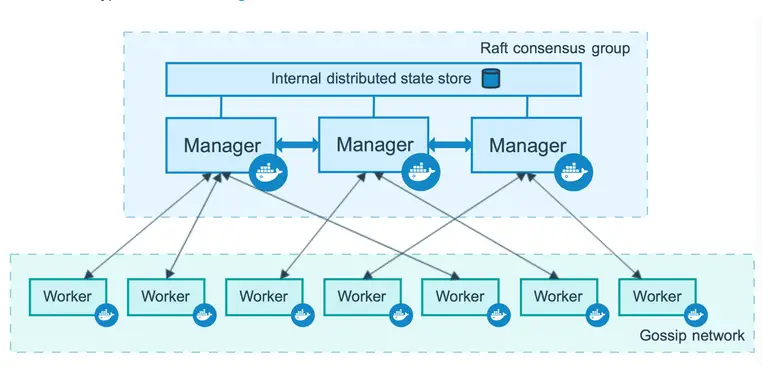Docker Install Vim
Vim is an excellent command line text editor. Once you master the basics of Vim, there is no looking back.
Amazon Linux is available on Amazon EC2 instances. For full install instructions, see Docker basics for Amazon ECS. After launching the official Amazon Linux EC2 image, update the installed packages and install the most recent Docker CE packages: $.
Ubuntu is one of the most popular Linux distribution for both desktop and server usage. Unfortunately, the default command line text editor in Ubuntu is Nano.
- Vim Awesome is a directory of Vim plugins sourced from GitHub, Vim.org, and user submissions. Plugin usage data is extracted from dotfiles repos on GitHub. Made with vim and vigor by David Hu, Sophie Alpert, and Emily Eisenberg.
- Install docker-distribution: To install the docker-distribution package you must have enabled the rhel-7-server-extras-rpms repository (as described earlier). They you can install the package as follows: # yum install -y docker-distribution.
While Nano is also a good editor, you may still prefer using Vim. If that’s the case, let me show you how to install Vim on Ubuntu.
Install Vim on Ubuntu
The good thing is that Ubuntu is available in the main Ubuntu repository. This means that you don’t have to do any extra effort in installing Vim on Ubuntu.
All you need to do is to use the following command:
It will show all the packages that will be installed with Vim. Press Y or enter when prompted and you should have Vim installed in a few seconds.
Make Vim the default editor in Ubuntu and other Debian-based distributions
Normally when you have to edit a file in the terminal, you use vim filename command for that. But some command line utilities allow you to edit their configuration files in the default text editor.
Since Nano is the default text editor in Ubuntu, you might not like that the files are being opened in Nano. What you can do is to change the default text editor to Vim in Ubuntu and other Debian based distributions.

Here’s how to do that. In the terminal, type the following command:
The output will present you all the text editors installed on your system and you’ll have to select one of them as the default editor.
The Vim that you know and love to use is Vim Basic. That Vim tiny is a stripped down version of Vim and you may not get all the Vim features in it. To avoid bad surprises, go with Vim basic.
In my case, if I enter 3, Vim basic will become the default text editor. If you want to revert it, you can repeat the steps.
I hope this quick little tutorial helped you to install Vim on Ubuntu and make it the default text editor.
If you have any questions or suggestions, please feel free to leave a comment.
Become a Member for FREE

Docker Mysql Install Vim

Docker Exec Install Vim
Join the conversation.
